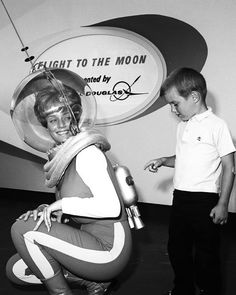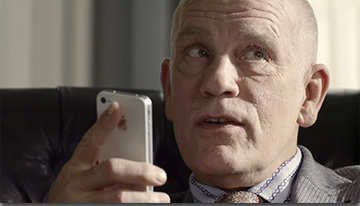Fran Lebowitz thinks we look sloppy because we’re wearing clothes that weren’t intended for us. “What people don’t know is: Clothes don’t really fit you unless they’re made for you,” she told Elle last year. Sure, that’s true, but who can afford custom-made outfits?
The promise of 3D printing is that it will destabilize manufacturing, a transition that will be attended by both positive and negative results. One item on the plus side is that clothing may be much cheaper and made to fit individuals to the minutest specifications. Of course, that won’t be so good for garment workers, tailors, etc.
In a Factor-Tech piece, Lucy Ingham write of 3D printers moving bespoke beyond the boutique and manufacturing from factories to shops. Eventually, the creative process will likely relocate even further, directly into many homes. The opening:
A project between Loughborough University and clothing manufacturer the Yeh Group is set to make it possible to manufacture entire garments and footwear that perfectly fit their intended wearer in just 24 hours.
The project, which will run for the next 18 months, has come about as a result of advancements in additive manufacturing, enabling clothing to be printed in their entirety from a raw material such as polymer, without the waste and associated costs normally associated with clothing production.
“With 3D printing there is no limit to what you can build and it is this design freedom which makes the technology so exciting by bringing to life what was previously considered to be impossible,” said Dr Guy Bingham, senior lecturer in product and industrial design at Loughborough University,
“This landmark technology allows us as designers to innovate faster and create personalised, ready-to-wear fashion in a digital world with no geometrical constraints and almost zero waste material. We envisage that with further development of the technology, we could 3D print a garment within 24 hours.”•






